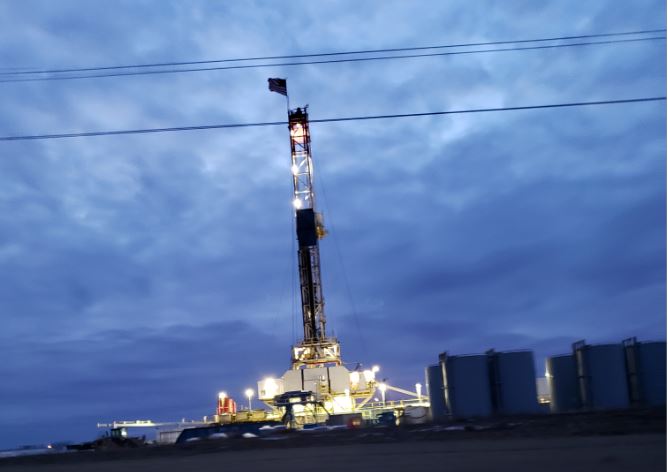Falling prices are a key reason for a decline in the oil-rig count in North Dakota from 67 in October to 62 currently, Helms said. A falling rig count indicates operators are drilling fewer new oil wells.
North Dakota posted a record month for oil and gas production in September, but the industry is likely to slow down in upcoming months due to a steep decline in oil prices.
Lower oil prices aren’t the only factor working against North Dakota’s oil industry right now. With the state’s ultratight labor market, oil and gas operators continue to have trouble finding enough workers, Helms said. And the state’s harsh winter usually serves as damper on oil production.
Six years ago, there were 218 oil rigs in North Dakota. Now, the number is fluctuating between 60 and 70. But with the technological advancements over the last several years, those rigs are now doing more than double the work of the old ones.
There may be less rigs, wells, pads, and pumps dotting the landscape of western North Dakota compared to fiv e years ago, but it’s not hard to see the stronghold oil has on the state.
North Dakota Bakken crude prices are set to weaken from already low levels in coming months, with the frigid winter in North Dakota likely to disrupt rail loadings and worsen bottlenecks as production soars, traders and executives said.


2 thoughts on “North Dakota oil industry is likely to slow down in upcoming months”